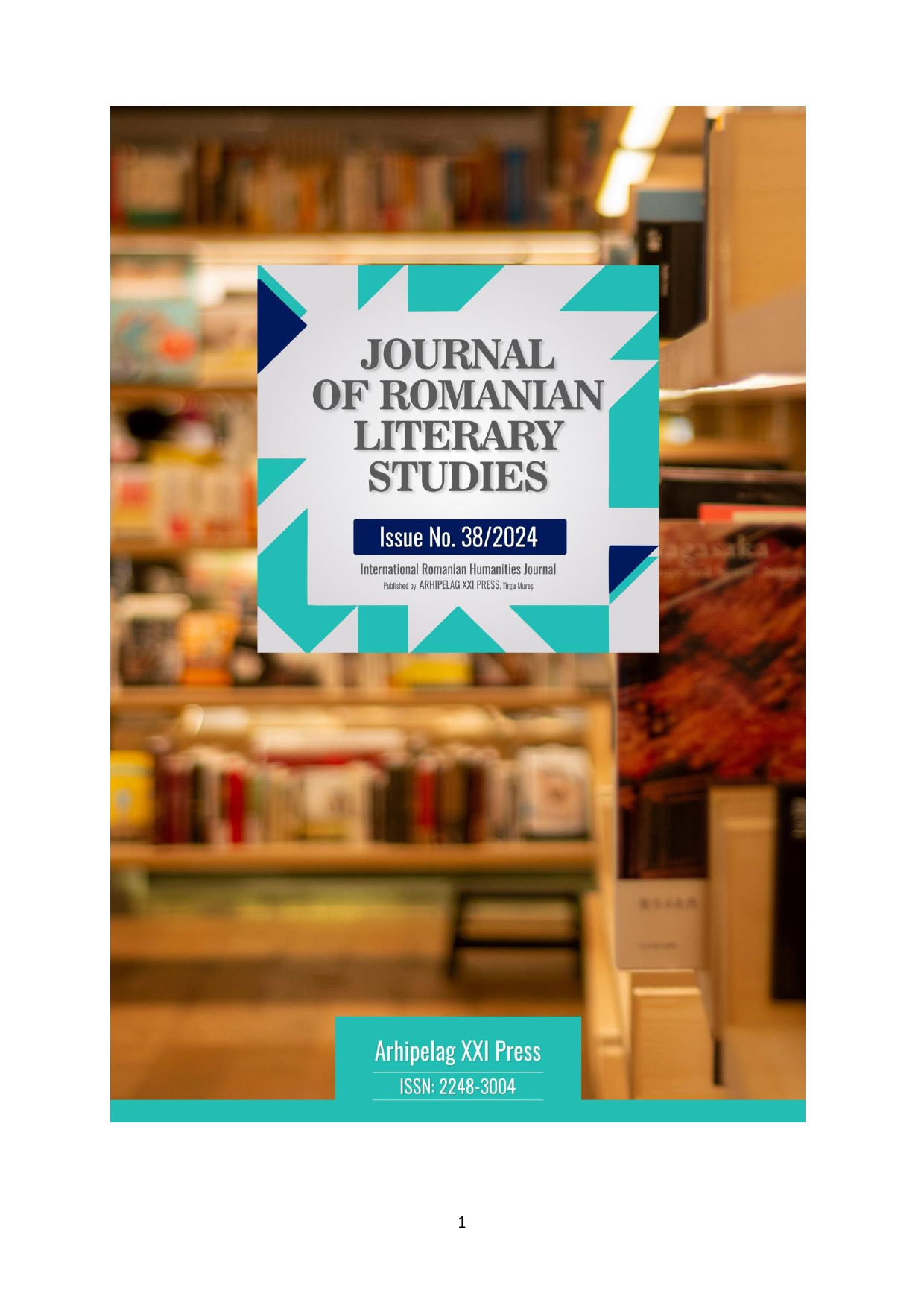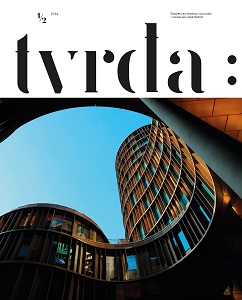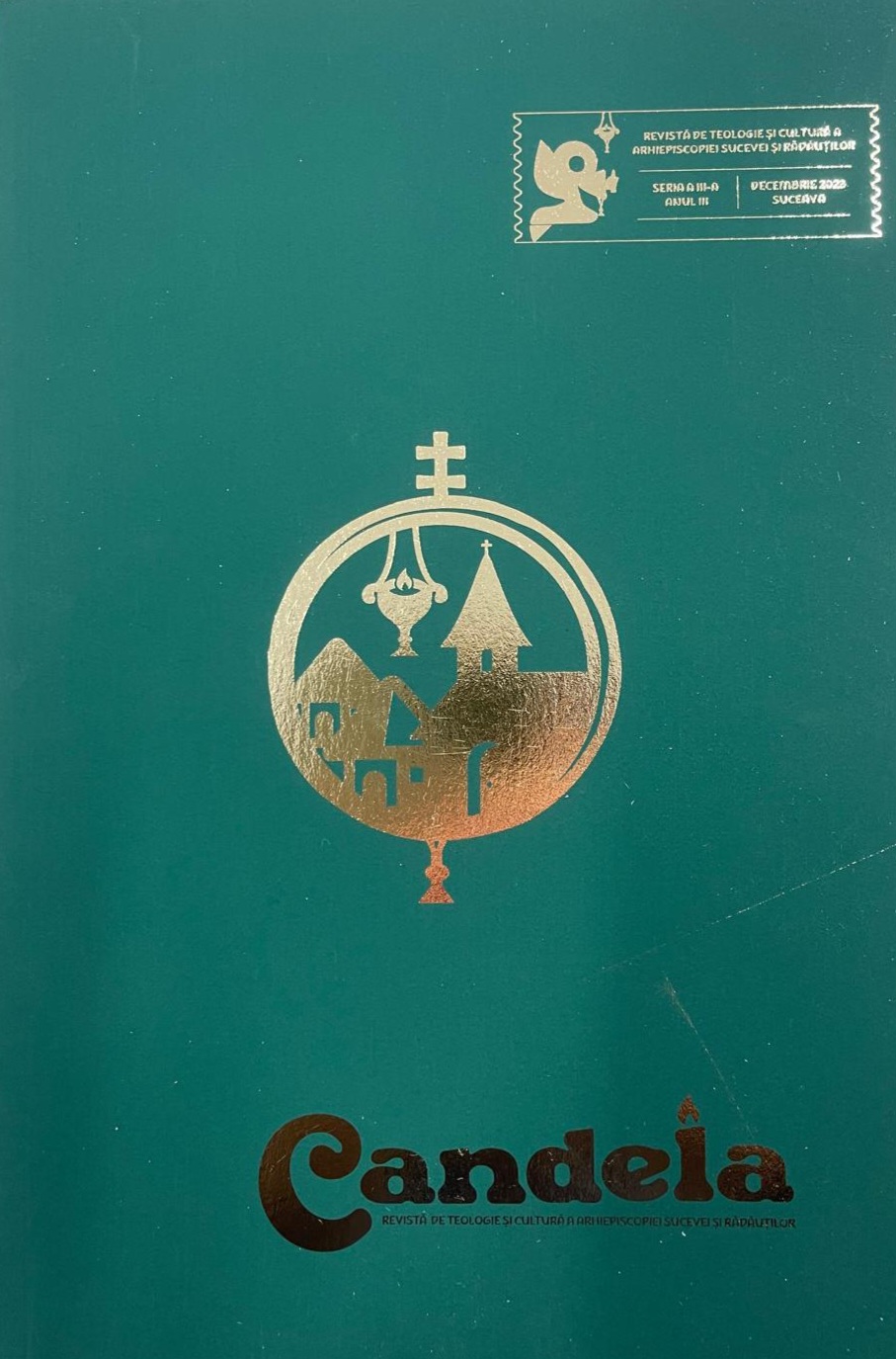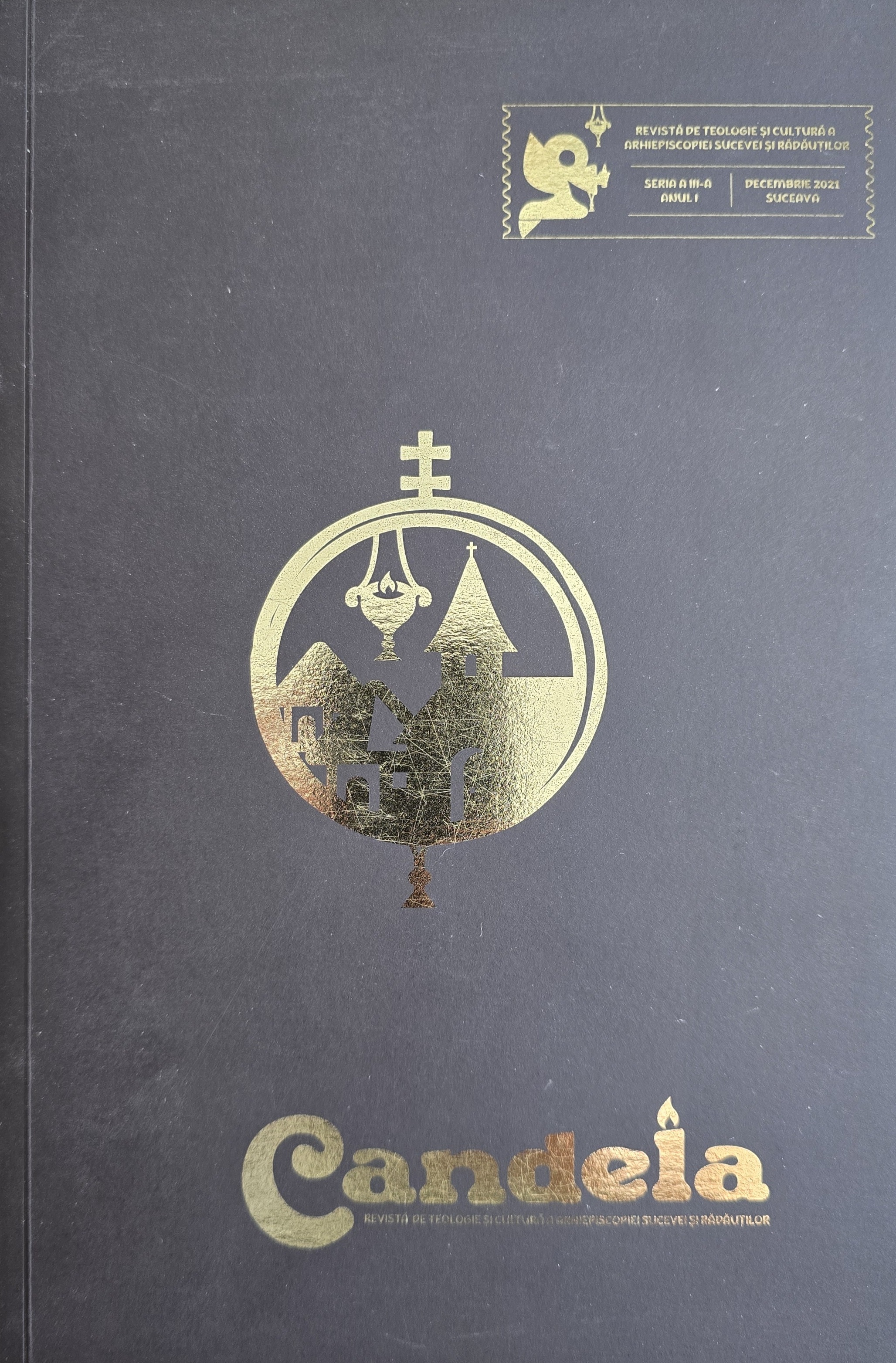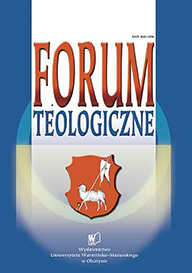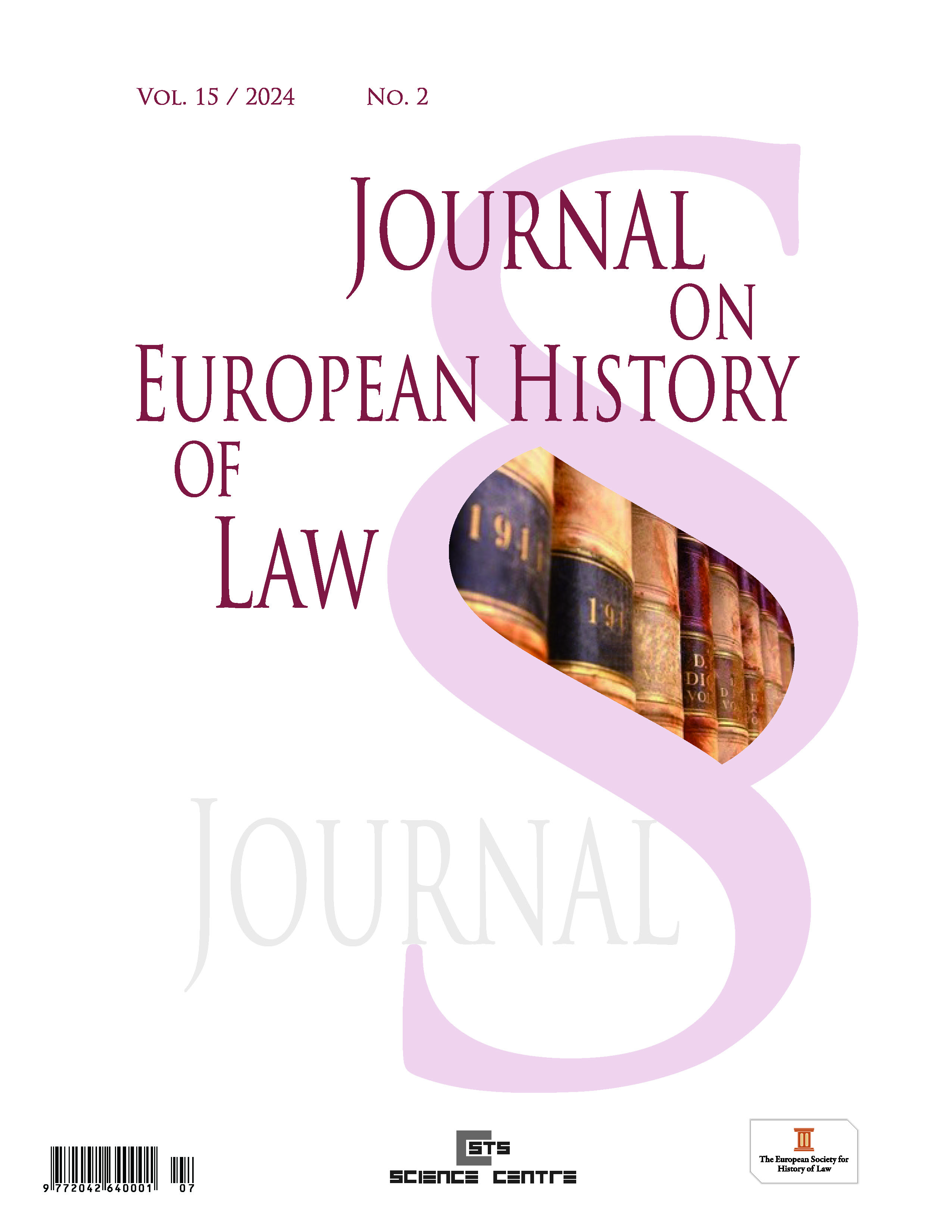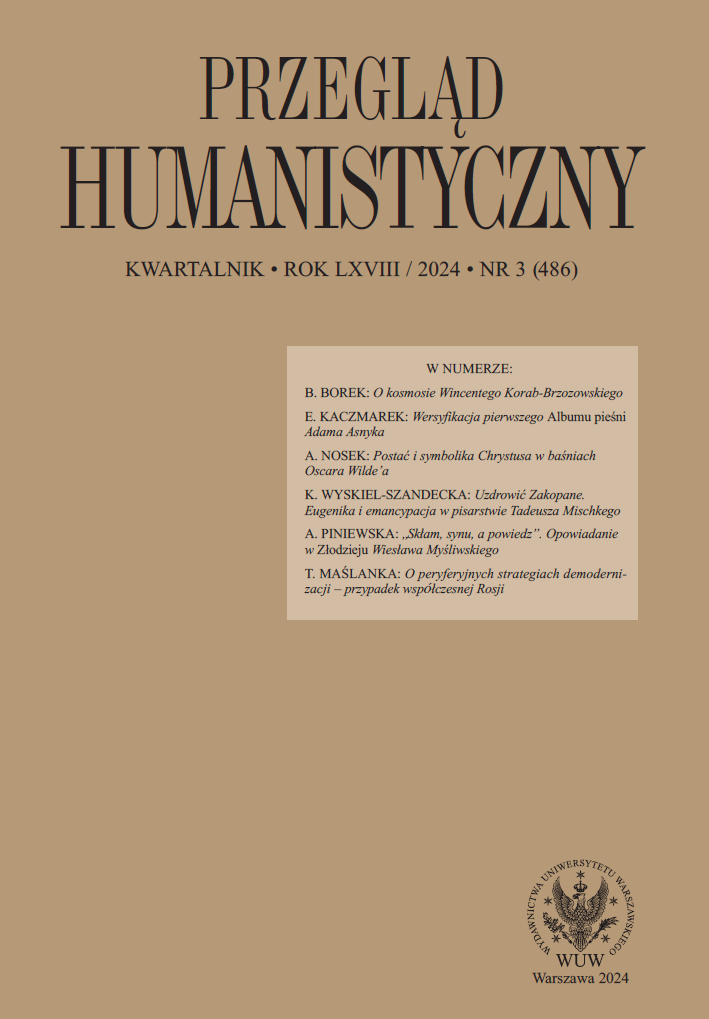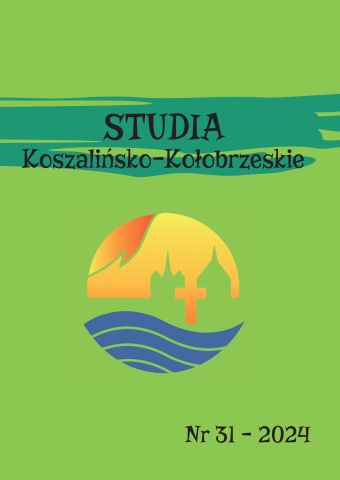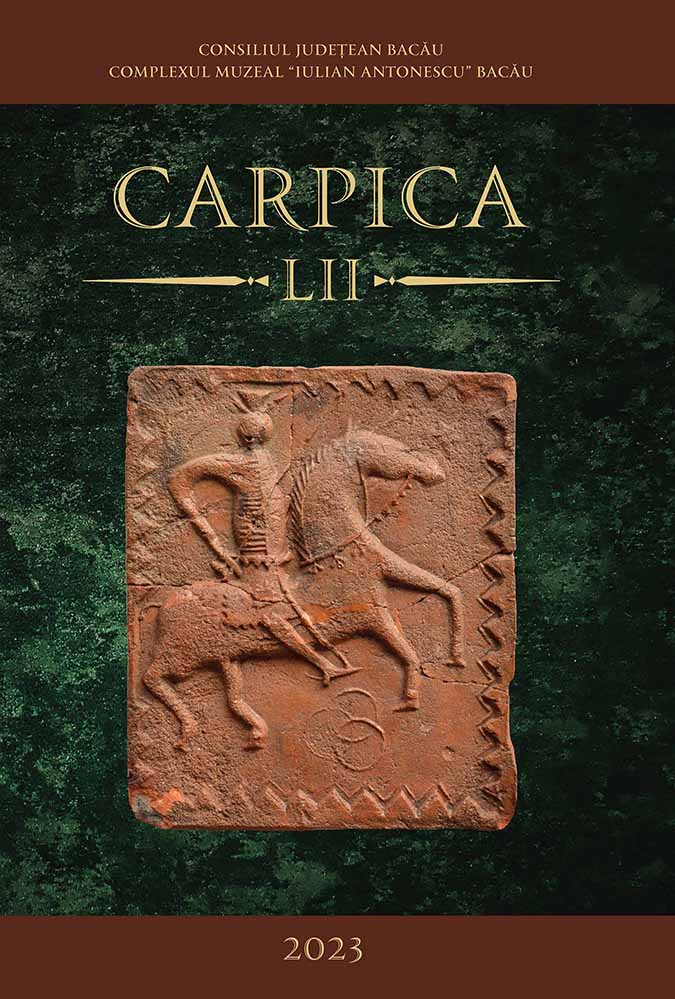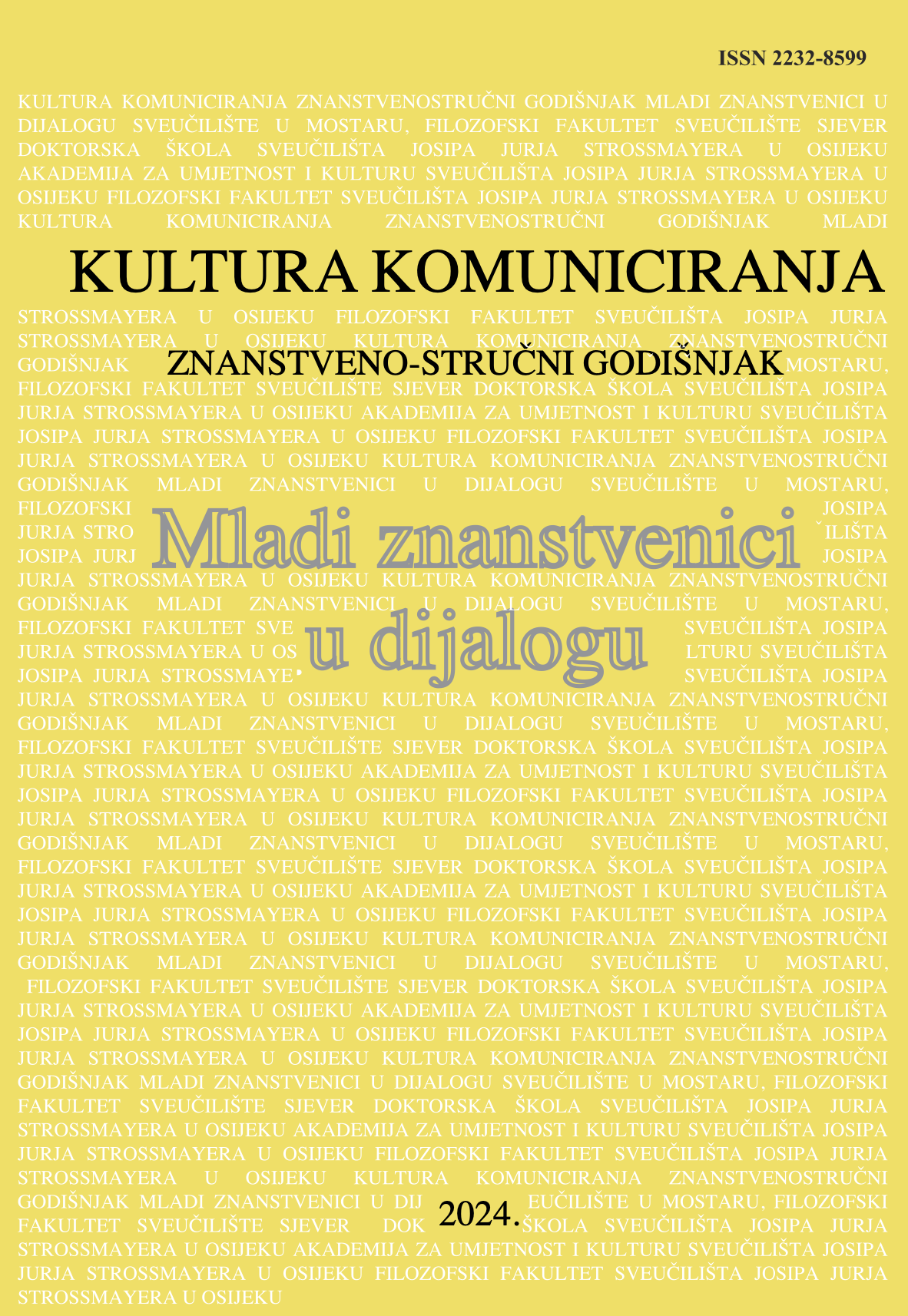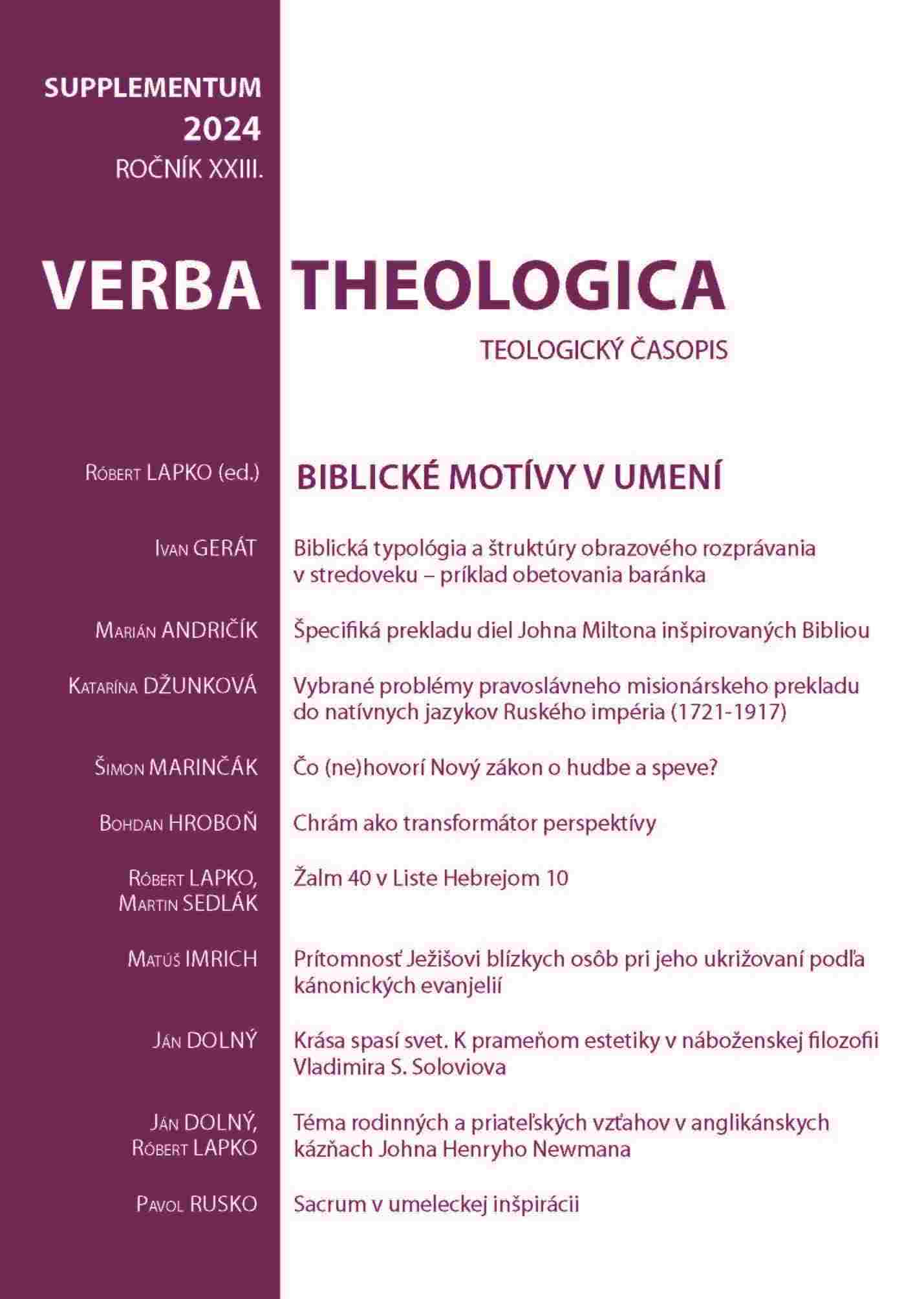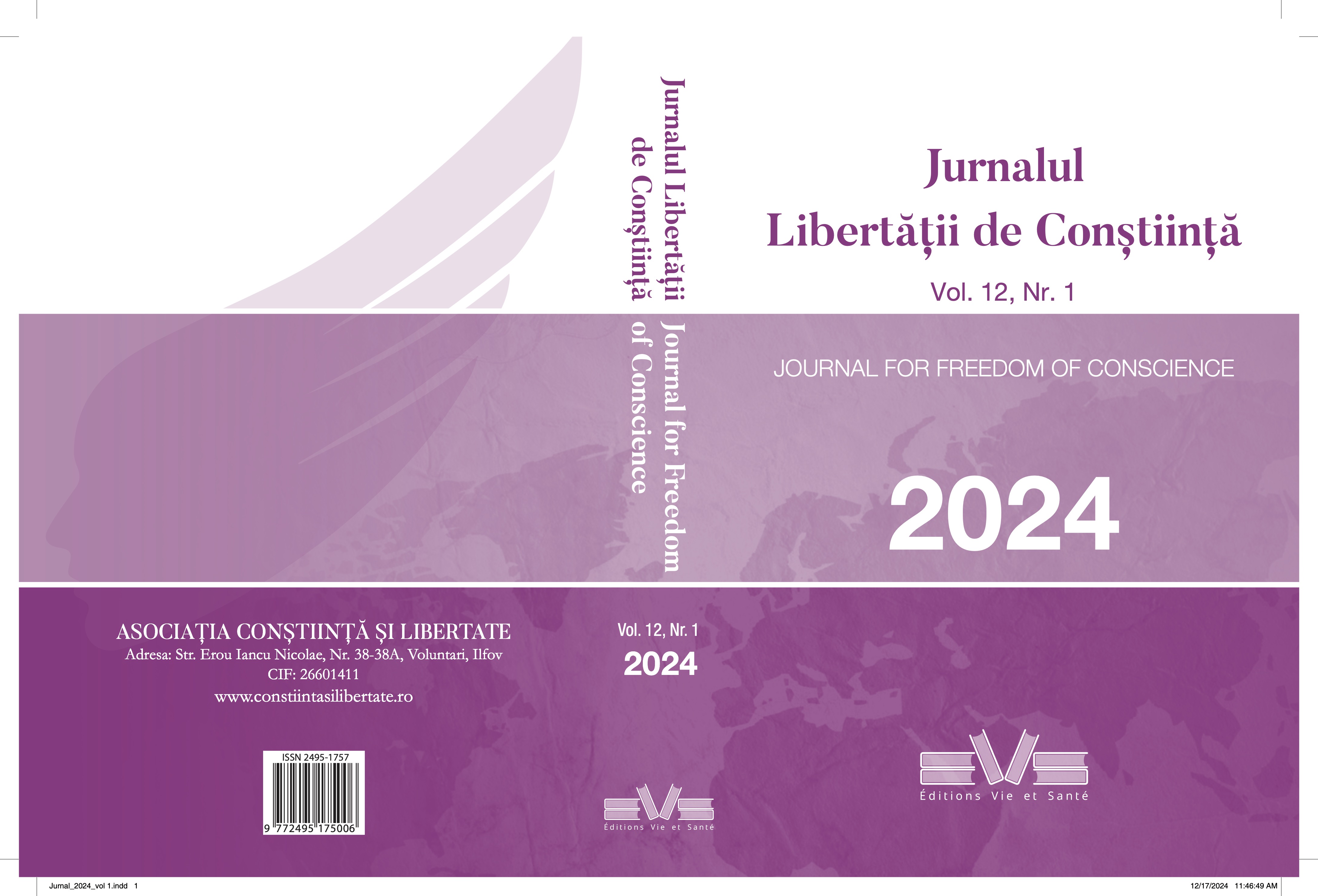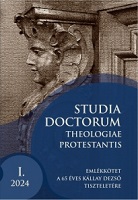
God and Evil in Process Theism
If a good and almighty God exists, why do we register genuine evil? Whiteheadian process theology wants to assist Christian theology with philosophical theism that interprets God’s sovereignty and God’s creative and providential activity as being more in accord with both our everyday experience and God’s self-revelation in Jesus Christ than in the case of either traditional theism or “free will” theism.
More...
